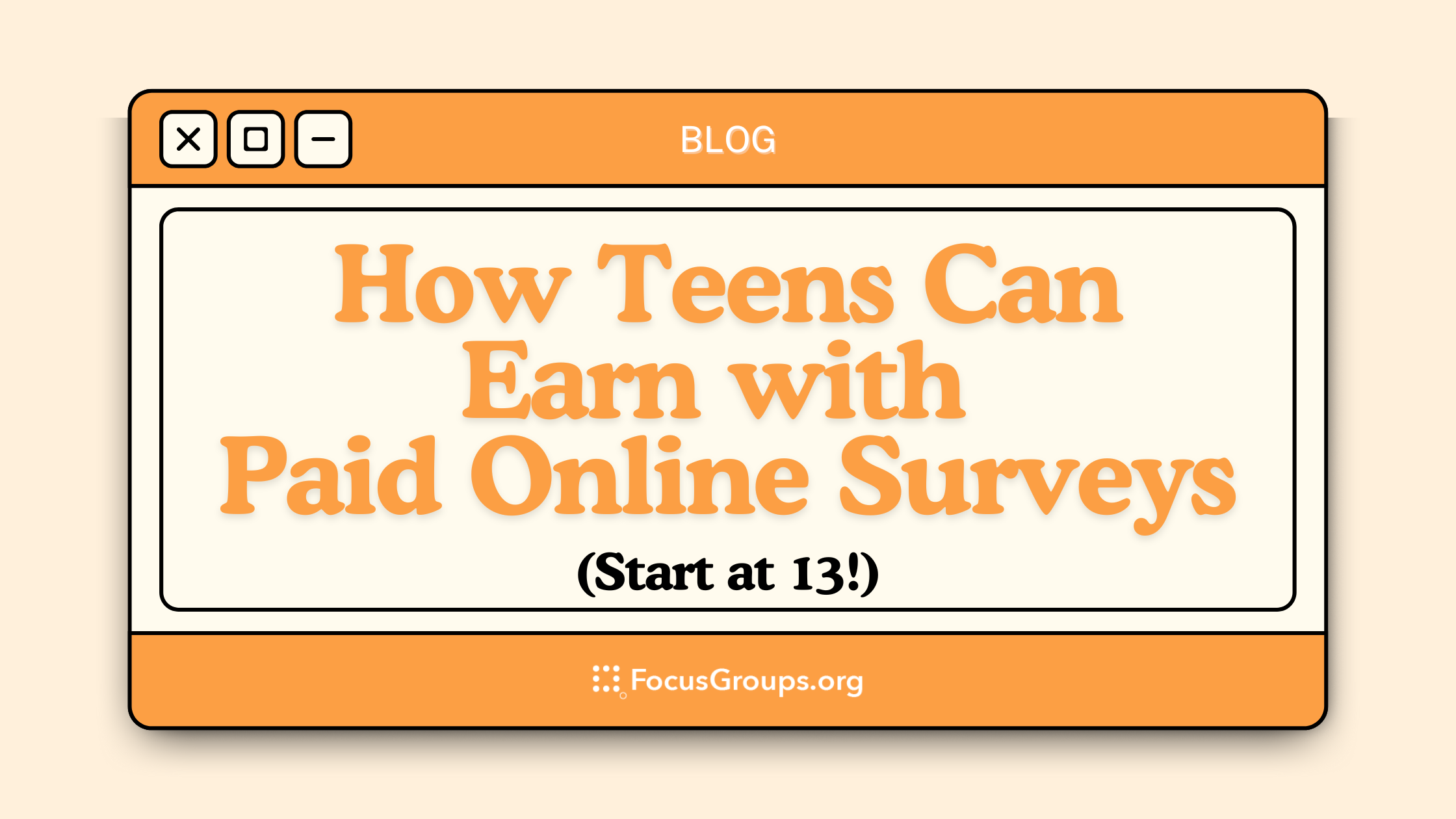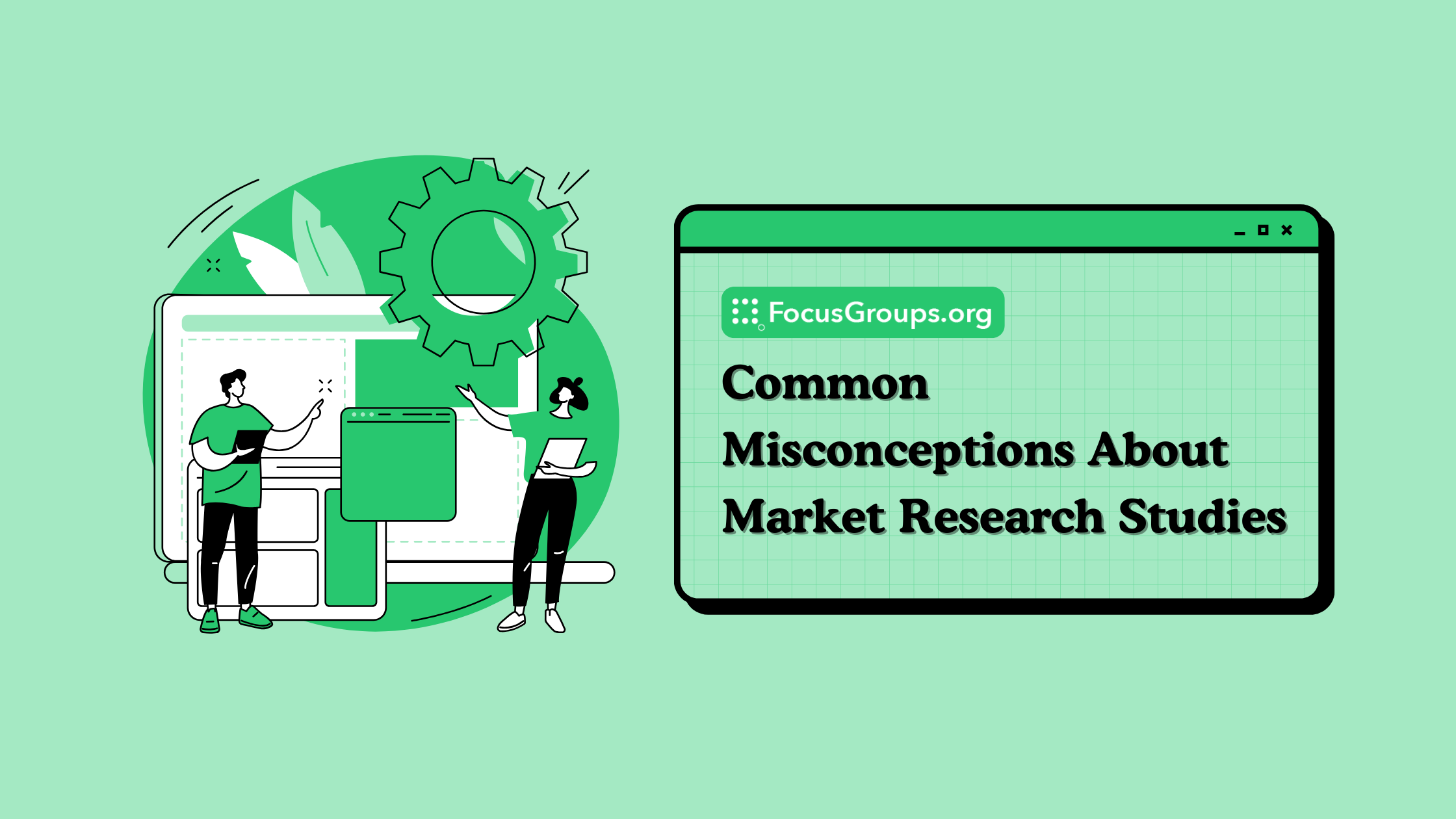Collect & Organize Data: Tips for Small Business Owners

You’ve done the hard part, you ran your focus group or sent out your survey. Now you’re staring at a pile of responses wondering… What now?
Welcome to the most overlooked (but wildly important) part of market research: data organization and analysis. Without it, your valuable responses are just words on a page. But with a little structure and the right tools, you’ll uncover real insights to help you make smarter business decisions. Let’s break it down step-by-step, DIY-style.
Step 1: Collect Your Data in One Place
The first step is simple but critical: gather all your responses in one central location. Whether you’re running interviews, focus groups, or surveys, the goal is to avoid data fragmentation.
Options for centralizing data:
- Use a spreadsheet (Google Sheets or Excel) for text or numeric responses.
- Upload video or audio files from focus groups to a cloud drive (like Google Drive or Dropbox).
- Copy and paste open-ended feedback into a shared document if needed
Step 2: Clean It Up
Before analysis, remove anything that gets in the way of clarity:
- Delete duplicate entries.
- Standardize formatting (for example, use Yes/No instead of YES, no, yep, nah).
- Translate shorthand or typos if necessary.
If you're dealing with open-ended responses, consider grouping similar answers together in categories or themes, we'll cover that more in Step 4.
Step 3: Choose Your Tools - Free vs. Paid Software
You don’t need a fancy dashboard or expensive platform to analyze your data. But depending on the complexity of your research, different tools can save you time and effort.
Free Options:
- Google Sheets or Excel: Great for spreadsheets, basic charts, and filters.
- ChatGPT or other AI tools: Can help summarize text data and suggest themes.
- Google Forms or Typeform (free versions): Easy way to collect and export responses.
Paid Tools to Consider:
- Dovetail or Recollective: Best for organizing qualitative research like interviews or focus groups
- NVivo: Academic-level qualitative analysis, great for large projects
- SurveyMonkey or Qualtrics: Advanced survey tools with built-in analysis dashboards
The key is choosing the tool that matches your skill level, budget, and research goals.
Step 4: Find the Patterns (a.k.a. Your Goldmine)
Once your data is clean and in the right place, it’s time to analyze.
- Use filters to group responses by age, location, or other variables.
- Use pivot tables to summarize trends or frequencies.
- Color code rows by themes like “Pricing,” “Customer Service,” or “Features.”
- Group similar quotes or opinions into categories.
- Look for repetition, if multiple people bring up the same thing, it matters.
- Highlight emotional or strong language, this often signals important insights.
=COUNTIF(A2:A100, "*easy to use*")Step 5: Turn Your Findings Into Action
Now that you’ve pulled out themes and trends, it’s time to connect the dots. Ask yourself:
- What did customers love?
- What frustrated them?
- What needs or gaps can I address right now?
Summarize these findings in a simple document or slide deck. Even a one-page insights summary can go a long way when sharing with your team or planning your next move.
Need Help Turning Your Data into Insights?
If this still feels a bit overwhelming, you’re not alone. Organizing research takes time and know-how, and we’re here to help. Our team can assist with organizing your focus group data, analyzing survey results, and pulling out insights that matter most to your business. Whether you want a second pair of eyes or a full-service solution, we’ve got your back.
Ready to get started? Click the button below to learn how we can help you find the right people.





